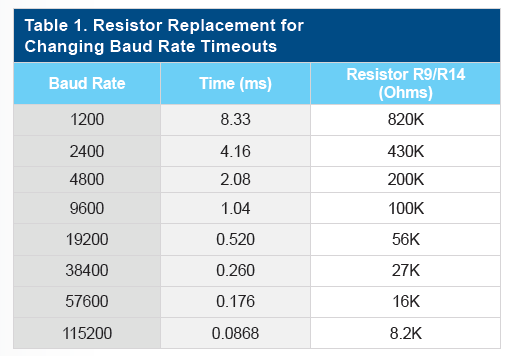

Sends each number in the list out the serial port, in order. After the data is sent, the message write, followed by a number specifying the number of bytes sent is sent out the right outlet of the serial object. Numbers outside the range 0-255 are wrapped to that range using a modulo operator.

Sends the number out the serial port accessed by the serial object. Before output data is sent, the message read, followed by a number specifying the number of bytes received is sent out the right outlet of the serial object. Sends each character received on the serial port since the last bang message out the serial object's left outlet as an integer in the order that the characters were received. The next argument specifies the parity for the serial port (the default is no parity, specified by 0 or no).Other possible values are odd, 1 (odd), even, and 2 (odd). Other possible values are 1.5 (Windows only) and 2. The next argument specifies the number of stop bits for the serial port. Some common rates are 300, 600, 1200, 1800, 2400, 3600, 7200, 9600, 19200, 38400, 57600.Īfter the baud rate, the next arguments specifies the number of data bits for the serial port (the default is 8 data bits). Any value is allowable (although not all ports can be set to all baud rates). If no port is specified, the default port is a.Īn optional argument may be used after the port name or alphabetic shortcut to specify the baud rate of the serial port (the default rate is 4800 baud). If the port chosen is currently in use or unavailable when the serial object is instantiated, an error message will be displayed and the object will not function. The print to the serial object (see above) can be used to create a list of available portnames and alphabetic shortcuts. If actual portnames are used, the symbol is the name given by the Operating System to your port.

If alphabetic shortcuts are used, a specifies the first logical serial port in the computer, and b- z are used to specify additional ports. Specifies the serial port to be used by the serial object.


 0 kommentar(er)
0 kommentar(er)
